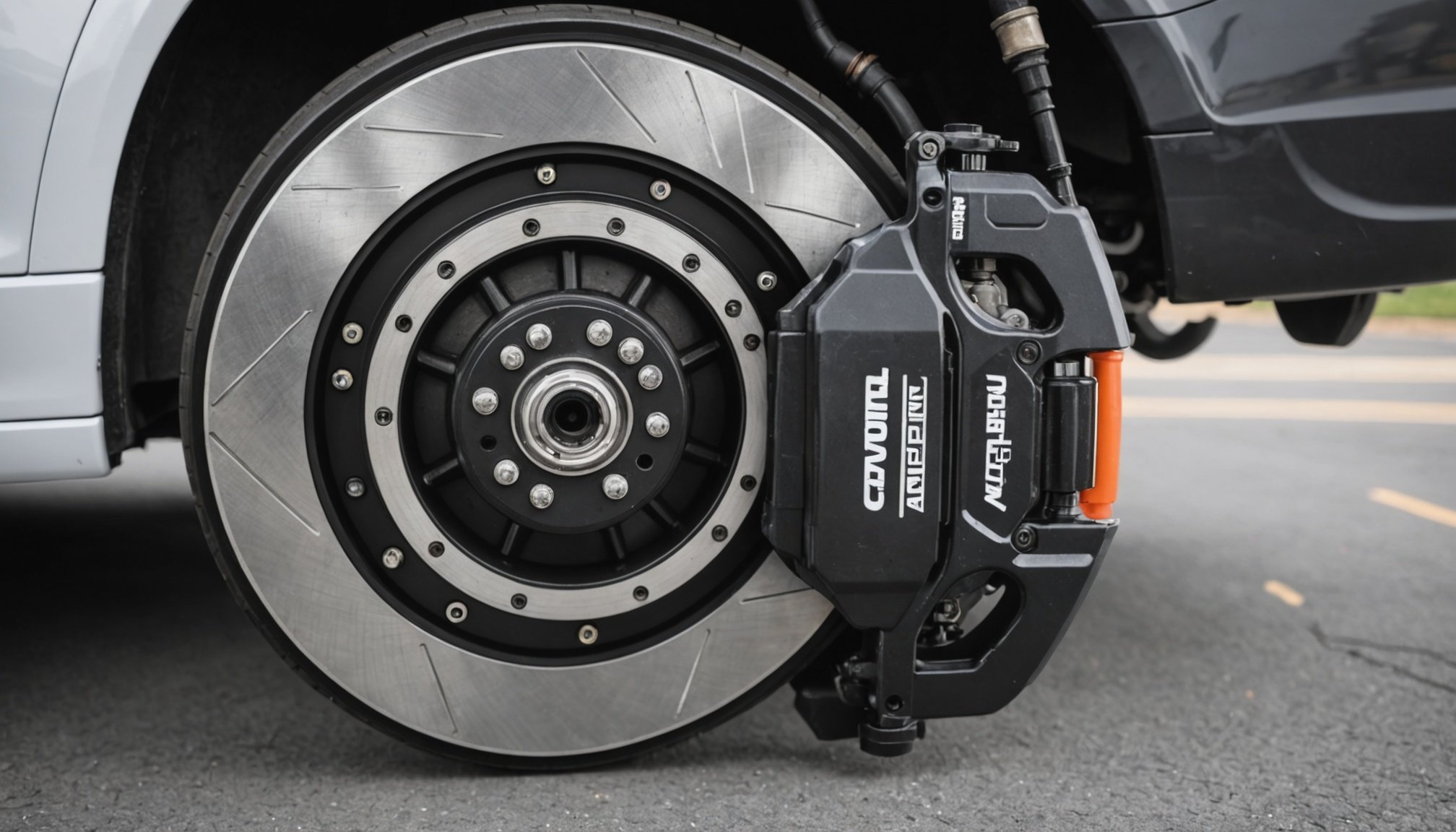Did you just replace the brake pads in your car? Are you wondering how to properly adjust the electronic brake force distribution (EBFD)? This process may seem complex, but with the correct information, it’s something you can handle. This article will guide you step by step through the processes of correctly adjusting the EBFD in your car after installing new brake pads.
Comprehend the Concept of Electronic Brake Force Distribution
Before delving into the adjustment process, it’s crucial to understand what electronic brake force distribution is and why it’s important in a vehicle.
In parallel : How should you configure the adaptive lighting system in cars to enhance night driving safety?
Electronic Brake Force Distribution is a technology designed to optimize the effectiveness of the braking system by efficiently distributing the brake force among the wheels of a vehicle. When you brake, not all wheels need equal force. This technology ensures that the wheels with the most grip receive more braking force, thus providing better control and stability.
When you replace your brake pads, the brake force distribution may be off-balance, which can affect the braking performance. Proper adjustment is necessary to maintain the optimal effectiveness of the braking system and to ensure your vehicle’s safety.
Have you seen this : How should you check the air suspension system in luxury vehicles for leaks?
Understand the Roles of Different Components
Adjusting the electronic brake force distribution isn’t just about the brakes or brake pads. Several components play significant roles in the operation of the brake system, and understanding their roles will help you make the correct adjustments.
The brake pedal is, of course, the part of the brake system you interact with the most. When you step on the brake pedal, hydraulic fluid is pushed through the brake lines to the brake calipers, which then squeeze the brake pads against the brake discs.
The brake discs are connected to the wheel. When the brake pads apply pressure on the brake discs, they create friction, which slows down the wheel and, consequently, the vehicle.
The brake pads are the components that come into contact with the brake discs. When you apply the brakes, the brake pads are pushed against the brake discs, which generates the friction needed to slow down or stop the vehicle.
The electronic control unit (ECU) is the brain behind the electronic brake force distribution. It uses sensors to monitor the rotational speed of each wheel. When you apply the brakes, the ECU determines which wheels need more braking force and adjusts the brake force accordingly.
Follow the Correct Process for Adjusting the EBFD
Now that you understand the concept of electronic brake force distribution and the roles of the different components, it’s time to get into the actual process of adjusting the EBFD.
Begin by ensuring your brake pads are correctly installed and in good condition. New brake pads require a “bed-in” process where they are gradually worn in to fit the brake discs for optimal performance. This process involves driving carefully and gently using your brakes for the first few hundred miles after installing new brake pads.
Once your new brake pads have been bedded-in, it’s time to assess and adjust your EBFD. Start by driving on a road with little to no traffic. Apply the brakes several times at different speeds and observe how your car responds. If the car pulls to one side, it means that the brake force is not evenly distributed.
To adjust the EBFD, you’ll need professional diagnostic equipment that can connect to your car’s ECU. While some advanced car enthusiasts might have this equipment and the knowledge to use it, most people should take their car to a professional mechanic to have the brake force distribution adjusted.
Always remember that brakes are a critical safety component of your vehicle, and any adjustments or servicing should be done with the utmost caution.
Regularly Maintain and Inspect Your Brake System
Regular maintenance and inspection of your brake system are essential to ensure it operates optimally and safely. This is not just about adjusting the electronic brake force distribution after replacing the brake pads, but also about regularly checking the condition of all brake system components.
Make it a habit to check the condition of your brake pads, brake discs, and brake lines regularly. Ensure the brake fluid is at the recommended level and replace it according to the manufacturer’s instructions. Regularly inspect the brake system for any leakages or damages.
By keeping your brake system in top condition, you can ensure your car’s braking performance is optimal, enhancing your safety on the road.
Utilize Electronic Brake System Diagnostic Tools
Understanding the concept of electronic brake force distribution and the roles of different components is one thing. Translating this knowledge into practical application is another. To correctly adjust the EBFD, it’s necessary to use specific diagnostic tools designed for electronic brake systems.
These tools connect to your car’s ECU and allow you to read the data collected by the sensors. From this data, you can determine whether the brake force is being evenly distributed, or if there are discrepancies that need correcting.
It’s crucial to note that these tools, while incredibly useful, require a degree of technical knowledge to use effectively. They often feature complex interfaces and may provide a wealth of data that can be overwhelming for the uninitiated. Fortunately, most modern tools come with detailed instruction manuals or even online tutorials that can guide you through the process.
Moreover, these diagnostic tools can also help identify any other potential issues with your brake system, such as problems with the brake fluid pressure or the condition of the brake pads and discs. In this way, these tools can be an essential part of your regular brake system maintenance routine.
Conclusion: Drive Safely with Correctly Adjusted EBFD
Adjusting the electronic brake force distribution in your car after installing new brake pads is a crucial step to ensuring optimal braking performance. By understanding the concept of EBFD and the roles of different components, using the right diagnostic tools, and regularly maintaining and inspecting your brake system, you can ensure your car’s brakes are always in perfect working order.
Remember, safety should always be your priority when driving. The brakes are arguably the most critical component of your vehicle in terms of safety. Therefore, investing time and effort in correctly adjusting your car’s EBFD and keeping your brake system in top condition is a small price to pay for the peace of mind it brings.
Lastly, if you ever feel unsure or overwhelmed by the process, don’t hesitate to enlist the help of a professional mechanic. They have the expertise and the tools necessary to make precise adjustments to your brake system, keeping you and your passengers safe on the road.











